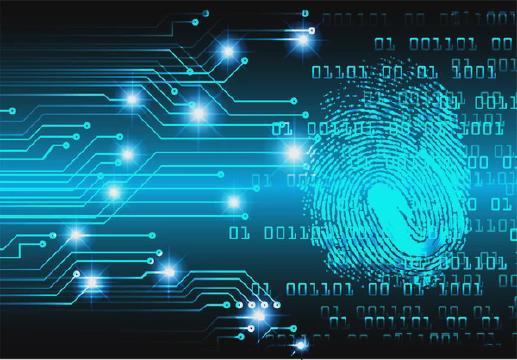Excerpt§
Exploring the properties of SHA256 hash, the theoretical possibility of finding a data input resulting in a hash of all zero bits, and its significance in modern cryptography.
Introduction§
SHA256 is a popular cryptographic hash algorithm used extensively in many security applications today. It takes an input of any length and generates a 256-bit hash value. Finding an input that produces a SHA256 hash of all zero bits is considered highly improbable due to the strong collision resistance built into the algorithm. In this post, we will take a closer look at the possibility and significance of finding such an input.
Understanding SHA256 Hash§
SHA256 is part of the SHA2 family of hash functions designed by the NSA. Some key properties of SHA256 include:
- Produces a fixed 256-bit hash value for any input
- Very fast computation on modern processors
- Minimal collisions for different inputs
- High diffusion of changes from input to output
This means that even a small change in the input results in a completely different hash value. The probability of two inputs having the same SHA256 hash is extremely low.
Theoretical Possibility§
In theory, it is possible for some input to produce an all zero bit SHA256 hash value. This is known as a hash collision where two different inputs result in the same hash. However, finding such a collision is currently considered computationally infeasible.
For instance, it would take over 2^128 attempts on average to find a SHA256 collision. This is far beyond the capacity of current computers. Hence, a SHA256 all zero hash is theoretically possible but practically very unlikely.
Real-World Examples§
The collision resistance of SHA256 is relied upon in many important real-world applications:
- Bitcoin uses SHA256 for verifying transactions
- Digital signature schemes use SHA256 for proving data integrity
- Passwords are often hashed with SHA256 before storing
For these use cases, it is critical that SHA256 hashes uniquely represent the input data. A collision would allow forging fake transactions, signatures, or gaining unauthorized access.
Special Cases§
There are some hypothetical corner cases where a SHA256 all zero hash could occur:
A weakness is found in the SHA256 algorithm reducing its collision resistance. However, SHA256 has faced extensive cryptanalysis without any such vulnerability being discovered.
A flaw in a specific SHA256 implementation that does not properly follow the algorithm specification. These implementation bugs are rare and quickly patched once discovered.
Malicious modification of the SHA256 code by an attacker. But this requires low-level access and hacking skills.
Barring these special cases, the default SHA256 implementation is robust enough to avoid collisions in practice.
Conclusion§
In summary, it is highly unlikely that any input will produce a SHA256 hash value containing all zero bits. This near-impossibility is intentionally designed into SHA256 to provide strong collision resistance for security applications. While hash collisions are theoretically possible, SHA256 is secure enough in practice to make the chances of finding one negligible.
Unless major new vulnerabilities emerge in SHA256 or quantum computing sees major advances, we can remain confident that SHA256 hashes uniquely represent the input data. This reliability is precisely why SHA256 remains one of the most widely used cryptographic hash functions today by security professionals across many industries.















